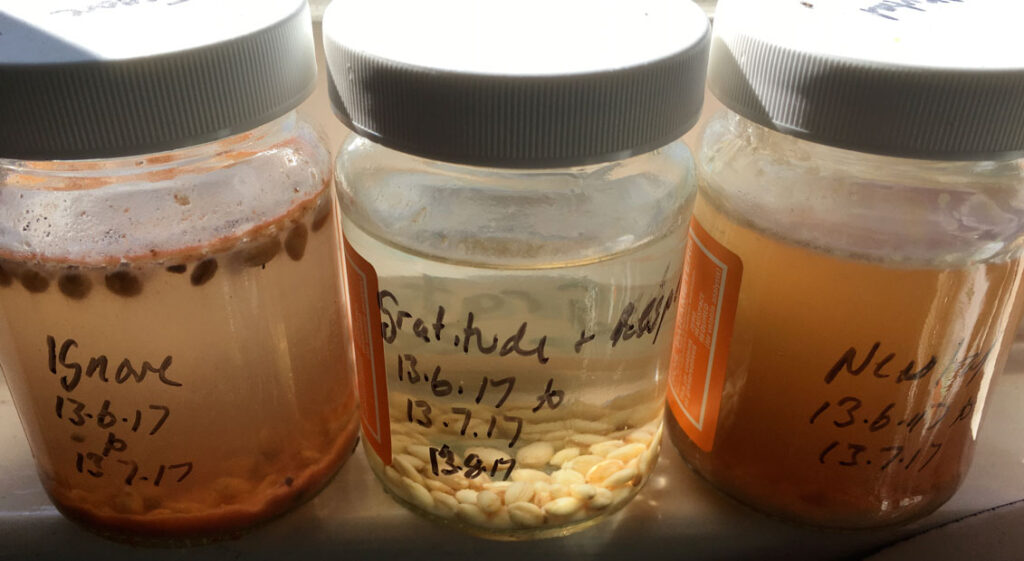
Water is an essential ingredient for our human body and everyday life. We all need to consume clean and safe drinking water everyday to survive. Minerals, chemicals, nutrients, and micro-organisms are part of our water supply, whether we drink, shower, swim or clean with it. Water constantly moves in and out of our bodies as well as our soil, minerals, plants and animals. As it flows into human bodies, plants and animals, it sustains and provides the energy for all living things.
The Scientific Approach
Water can be analysed and tested in laboratories to measure the chemicals in such minuscule concentrations (ppm, ppb). Australian drinking water guidelines are available to compare the analytical results and let us know if the water is safe to drink (e.g. heavy metals, bacteria levels). At Earth2Water we receive many calls from concerned parents regarding drinking water which has an unusual taste or smell. Laboratory testing can be conducted to ensure that the water is OK for humans, animals and plants.
- Drinking water should be safe to use and aesthetically pleasing. Ideally, it should be clear, colourless, well aerated, with no unpalatable taste or odour and it should contain no suspended matter, harmful chemical substances or pathogenic micro organisms.
- Appearance, taste and odour are generally the characteristics by which people judge water quality. However, the absence of any unpleasant qualities does not guarantee the water’s safety as some chemicals can be undetectable by our senses. The safety of water in public health terms is determined by its microbiological, physical, chemical and radiological quality. Of these, microbiological quality is typically the most important in domestic situations.
- Early detection of contaminated water is important, as every mouthful counts towards potential health risks. Exposure to contaminants can occur in drinking water, swimming in water ways, or from consuming chemically polluted plants or animals.
The Holistic Approach
Beyond the physical, chemical and microbiological properties of water, it is also believed that water has a memory and capable of information exchange with the environment. A Japanese scientist (Dr Emoto) has conducted many experiments with water and has photographed water crystals exposed to different environments, music, and various words. The results suggest that water reflects the surrounding environment, as if to remember something it has experienced.
Pearl Barley
Ive also experimented with the water over several months, using pearl barley and labelled different jars with various words.

Ive watched the influence of positive words (i.e. gratitude) to preserve the pearl barley over months, whilst other negative words (i.e. ignore) causes significant decay within weeks. The ramifications to these simple experiments are huge when considering our personal health. If certain words can cause water to preserve pearl barley, can it also be used to improve or sustain our health and well being?
The purpose of combining the science of water and the holistic approach is to give water a much greater value in restoring our environment and also our health and well being. Being grateful for our clean and fresh drinking water seems to be a simple and powerful message for us all.
We are all stewards for our environment and protecting our pristine water today and for tomorrow is essential for our survival.
Author: Dino Parisotto (Director of Earth2Water Pty Ltd)
Click here to download this newsletter
- 28 September 2017
- Water
